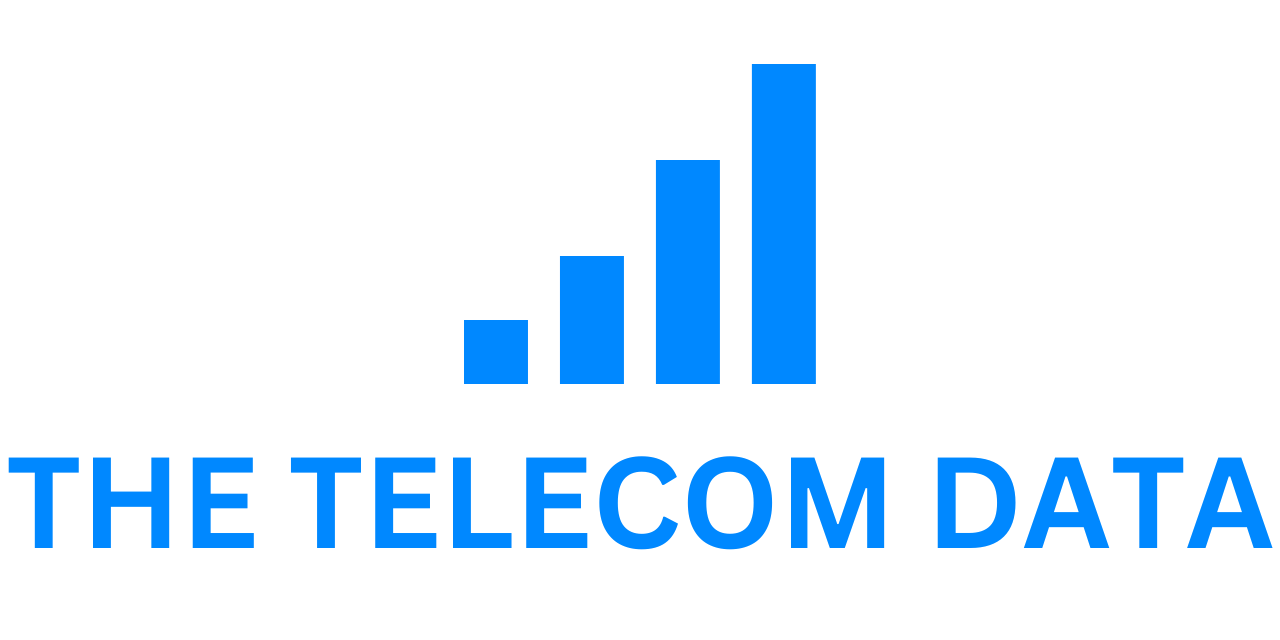Telefónica, Ericsson, and MATSUKO Successfully Integrate Holographic Calls into Native Smartphone Apps
Telefónica, Ericsson, and MATSUKO have successfully completed a groundbreaking Proof-of-Concept (PoC) showcasing the potential of integrating holographic calls directly into smartphone dialer apps, eliminating the need for additional software. This PoC highlights the power of IMS (IP Multimedia Subsystem) Data Channel technology, which could transform future 5G and 6G voice services by enabling interactive, immersive communication.
IMS Data Channel: Revolutionizing Voice Services
IMS Data Channel is a cutting-edge, standards-based technology designed to enhance existing voice networks, allowing mobile operators to offer innovative services to millions of users. It leverages the reliability, mobility, and security of traditional telephony networks while introducing new features like holographic communication. Since 2021, Telefónica has spearheaded several IMS Data Channel PoCs, collaborating with partners like Ericsson and MATSUKO to explore its potential on 5G smartphones.
Holographic Communication Without Extra Apps
The recent PoC, part of the 6G-XR European project, focused on developing holographic communication services. Using Samsung Galaxy S series devices, Telefónica, Ericsson, and MATSUKO demonstrated real-time holographic calls, where a caller’s face and torso were transmitted as a 3D hologram to the recipient. The key achievement was the seamless integration of this holographic communication into native smartphone dialers, eliminating the need for third-party apps.
Each partner played a crucial role:
- Telefónica coordinated the PoC and provided the overall service.
- Ericsson supplied the IMS infrastructure to enable the holographic call.
- MATSUKO developed the holographic technology and cloud-based processing to ensure high-quality performance.
The PoC successfully transmitted a one-way hologram with two-way audio, demonstrating the potential of this technology for future services.
Overcoming Challenges and Defining Future Standards
Despite its success, the PoC faced challenges, including the need for updated 3GPP standards for IMS Data Channel interfaces with third-party servers. Additionally, limitations in bandwidth and payload for higher-resolution holograms were identified, along with the need for improved audio-video synchronization.
Looking ahead, the companies plan to enhance the user experience by refining the hologram quality, adding features like 3D controls, and implementing two-way holographic calls. They also aim to define the necessary standards to support widespread adoption of IMS Data Channel technology.
A New Era in Communication
Telefónica, Ericsson, and MATSUKO are committed to shaping the future of holographic communication. “This technology holds immense potential for transforming the way we connect and communicate,” said Cayetano Carbajo Martin, Core & Transport Director at Telefónica.
Matus Kirchmayer, CTO at MATSUKO, added, “IMS Data Channel technology is propelling us toward a future where holographic calls seamlessly integrate into our everyday lives.”
Jon Illana, Head of Solution Line Communication Services at Ericsson, echoed this sentiment: “The breakthrough in this rich area of telecoms technology demonstrates how we may experience daily communication in the future.”
This research is part of the 6G-XR project under Horizon Europe and the 6G Smart Networks and Services Joint Undertaking (SNS).







